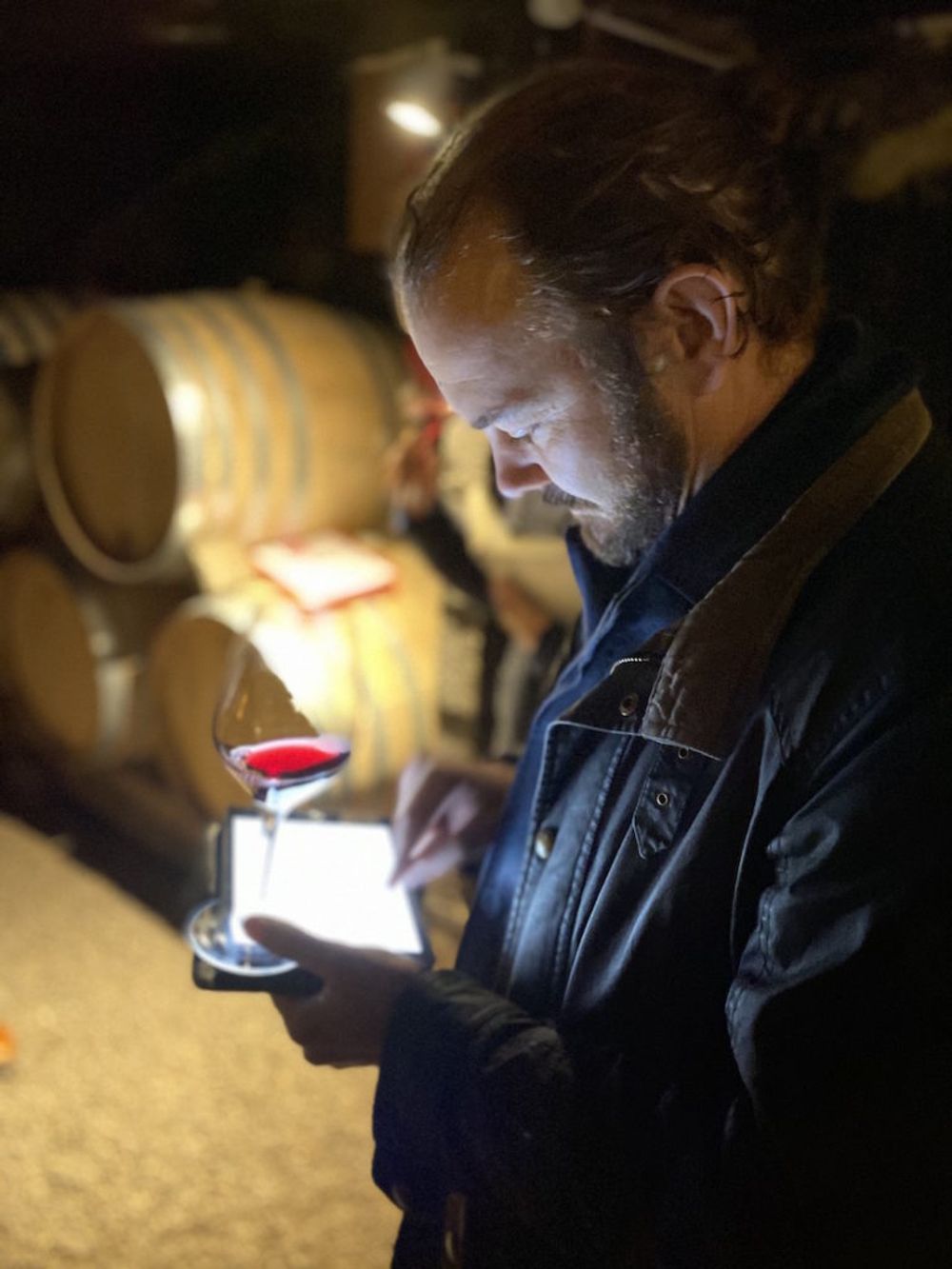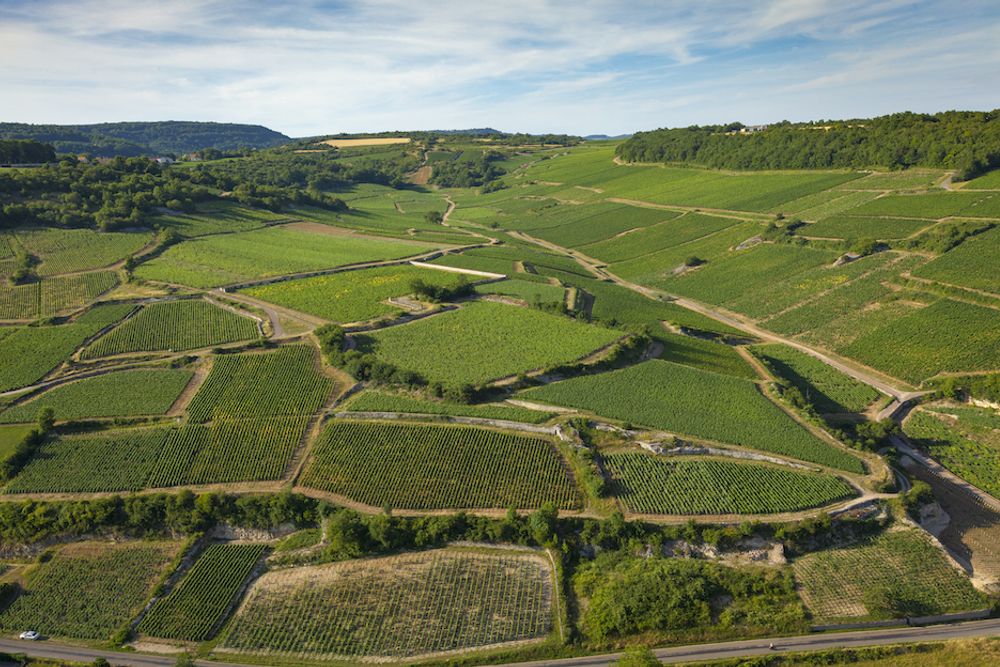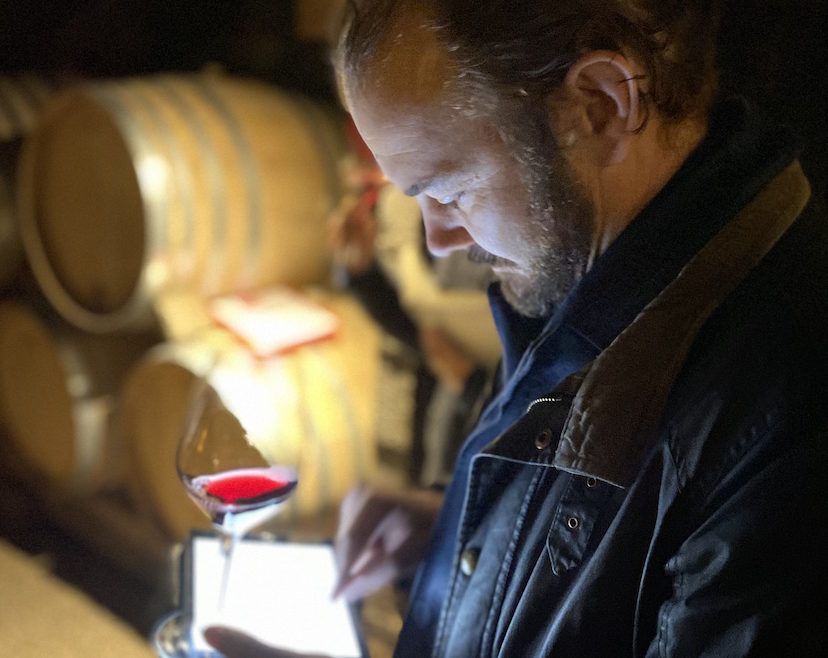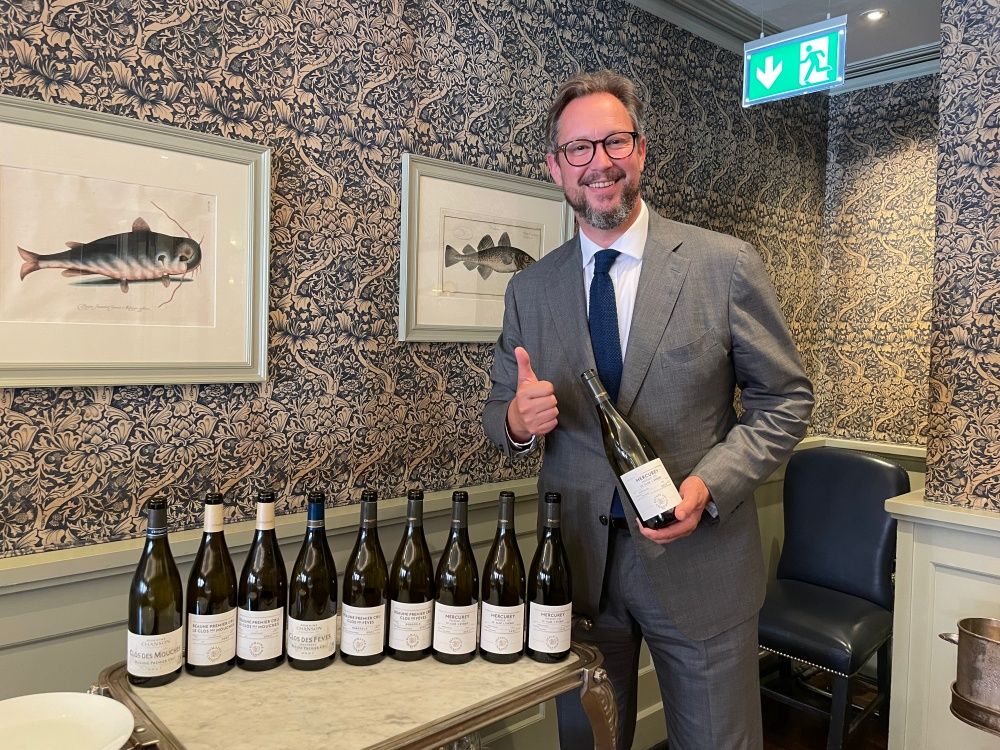“This year we have noted increased interest from restaurants and shops in Marsannay, Saint-Romain, Savigny and Hautes-Côtes de Nuits. You could say that the classic appellations of Meursault and Puligny Montrachet are still retaining the lion’s share in most of our channels,” writes Clerc
How was the last 12 months for your Burgundy’s performance compared to the previous year?
In 2109 Armit Wines’ sales have already increased 6% year on year – without taking into consideration most of December sales still to account for. While Italy is our main performing country, Burgundy has been a long term relationship and this an important campaign for us. 2019 was based on the 2017 vintage, which was exceptional in terms of demand and quality.

Nicolas Clerc MS, Burgundy buyer for Armit
What has been behind those changes?
First of all, a range rationalisation on our part. We have refocused our portfolio and our agencies, concentrating on the producers that we think are a better fit for our clients. We think it was important to give clarity and focus to our portfolio, sales people and ultimately our customers and this has been paying off.
How have you managed the shorter availability in recent years and what is the situation now for you?
A series of short vintages hasn’t been easy to navigate and it is, of course, far from the ideal scenario for all parties involved. However, we have been brilliantly supported by our producers, and the strength of the relationships that we have formed in the previous years really paid off in those ‘short’ vintages.

Saint-Romain generating increased interest ©Aurelien Ibanez
What is particularly selling well for you from Burgundy?
Our biggest categories, in number of bottles, are still Chablis, Bourgogne Blanc, Pouilly-Fuissé as well as Auxey-Duresses and Gevrey Chambertin. This year we have noted increased interest from restaurants and shops in Marsannay, Saint-Romain, Savigny and Hautes-Côtes de Nuits. You could say that the classic appellations of Meursault and Puligny Montrachet are still retaining the lion’s share in most of our channels.
What focus do you put on the different appellations?
At Armit Wines we have quite an unique business model and we cover most of the channels in the UK market. Deciding which wine is right for each one, goes far beyond the single appellations. Factors like producer, price point, scarcity, vintage quality, as well as the wider conversations we have with our suppliers all have an impact with how the various wines will be positioned in the market. So, the same appellation will have a different focus on our part depending on the year, but also it will vary from producer to producer. It is quite an intricate and nuanced work!
Which of the appellations would you say are the most interesting in terms of quality and value and of availability?
The fact with Burgundy, is that the market is often attached more with a producer rather than an appellation. With that in mind, producers most of the time will have a Hautes-Côtes de Nuits, a Bourgogne blanc and rouge as an entry level where you will have access to a certain value for money within their range. Bourgogne Aligoté, all appellations of Beaujolais, Beaune and Volnay at village level have been generating a lot of interest within the trade recently.
What do you have planned for Burgundy Week?
We will host our annual Burgundy en primeurs tasting on the 15th of January. Like most of our events, we will have a part reserved for trade and an evening part that will be open to our private clients. It is an invaluable occasion for all our customers to get familiar with the depth of our portfolio, familiarise themselves with the vintage and, hopefully, discover their new favourites!
Which are the best price points from Bourgogne that work best for your customers?
It is very difficult for me to generalise as we cover so many different channels… and the price point is sometimes more determined by the level of producer or appellation. However, as you can imagine, we are lucky that we have a great private customer base that is less price sensitive than restaurants or retailers – allowing us to increase the variety of price points we can offer globally.
Any particular tips to your customers on how to make the most of their Burgundy range?
I would say mostly three things : First of all, buy what you like drinking ! Then, think about Burgundy as a region that can offer wine for every drinking occasion – not just the source of big names and big price tags. Lastly, go to as many tastings to get a sense of the many things that are happening in the region – styles and producers evolve, and your palate might too !










































